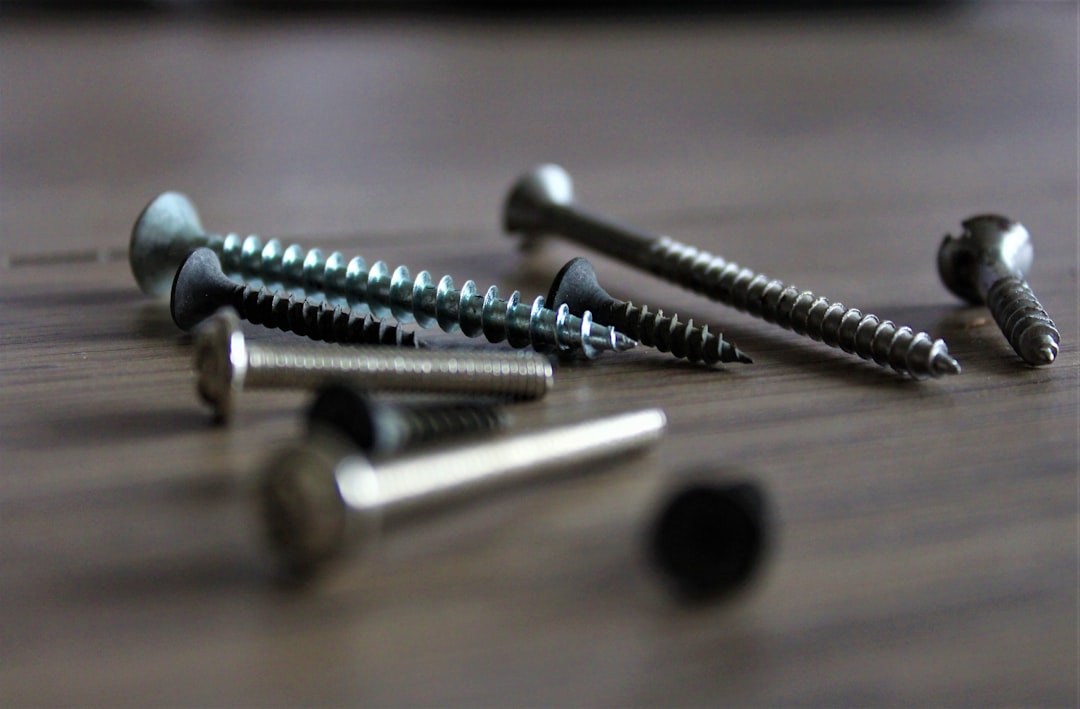**Unlocking the Benefits of Steel Buildings**
In the realm of construction, steel has emerged as a formidable contender, revolutionizing the way structures are built. From towering skyscrapers to humble warehouses, steel buildings have become ubiquitous, and for good reason. With its exceptional strength, versatility, and sustainability, steel stands as a beacon of modern construction. Let’s delve into the myriad benefits that steel buildings offer.
**1. Strength and Durability**
One of the most prominent advantages of steel buildings is their unparalleled strength and durability. Steel boasts a high strength-to-weight ratio, meaning it can withstand substantial loads while remaining relatively lightweight. This inherent strength allows steel structures to withstand extreme weather conditions, seismic activity, and even fire, providing a robust and resilient shelter for occupants and assets alike. Unlike traditional materials such as wood or concrete, steel does not warp, rot, or decay, ensuring longevity and minimal maintenance requirements.
**2. Design Flexibility**
Steel’s versatility extends to its design flexibility, empowering architects and engineers to bring their boldest visions to life. Whether it’s soaring skyscrapers, expansive warehouses, or intricate architectural marvels, steel can be shaped and molded to accommodate virtually any design aesthetic. Additionally, steel’s strength allows for expansive open floor plans and large column-free spaces, maximizing usable space and enhancing functionality. This adaptability enables customization to suit specific needs and preferences, making steel buildings an ideal choice for a diverse range of applications.
**3. Speed of Construction**
In today’s fast-paced world, time is of the essence, and steel buildings offer a solution to expedite the construction process. Prefabricated steel components can be manufactured off-site with precision and efficiency, significantly reducing construction time compared to traditional methods. Once on-site, these components are assembled swiftly, minimizing labor costs and disruption to surrounding areas. The streamlined construction process not only accelerates project timelines but also reduces the risk of delays, allowing for quicker occupancy and return on investment.
**4. Cost-Effectiveness**
Despite its superior qualities, steel remains a cost-effective building material, offering significant savings over the lifecycle of a structure. The durability and low maintenance requirements of steel buildings translate to reduced repair and replacement costs over time. Furthermore, steel’s recyclability ensures minimal waste during construction and enables salvaging at the end of a building’s lifespan, reducing disposal expenses and environmental impact. Additionally, the speed of construction associated with steel buildings can lead to savings in labor costs and financing expenses, making it an economically viable choice for budget-conscious projects.
**5. Sustainability**
In an era increasingly focused on environmental stewardship, steel buildings shine as a sustainable solution for the built environment. Steel is inherently recyclable, with a high recycling rate that significantly reduces the demand for raw materials and minimizes waste. Furthermore, steel buildings can be designed with energy-efficient features such as insulated panels, reflective roofing, and natural ventilation systems, reducing energy consumption and operating costs. The longevity of steel structures further contributes to sustainability by minimizing the need for frequent replacements and renovations. By choosing steel, builders can reduce their carbon footprint and contribute to a greener, more sustainable future.
**6. Adaptability and Expandability**
As businesses evolve and grow, the need for adaptable and expandable facilities becomes paramount. Steel buildings offer unparalleled adaptability, allowing for easy modifications, expansions, and reconfigurations to accommodate changing needs. Whether it’s adding additional floors, expanding warehouse space, or integrating new technologies, steel structures can be easily retrofitted and upgraded without compromising structural integrity. This adaptability future-proofs investments, ensuring that buildings remain functional and relevant in the face of evolving demands and industry trends.
**Conclusion**
In summary, the benefits of steel buildings are vast and compelling, making them a preferred choice for modern construction projects. From their unmatched strength and durability to their design flexibility, speed of construction, cost-effectiveness, and sustainability, steel buildings embody the epitome of innovation and efficiency in the built environment. As the demand for resilient, sustainable, and adaptable structures continues to rise, steel stands poised to shape the skylines of tomorrow, forging a brighter and more resilient future for generations to come.
 How to find Divorce Document Preparation Services
How to find Divorce Document Preparation Services


 What to Do to Select the Best Screw Conveyor Manufacturer
What to Do to Select the Best Screw Conveyor Manufacturer